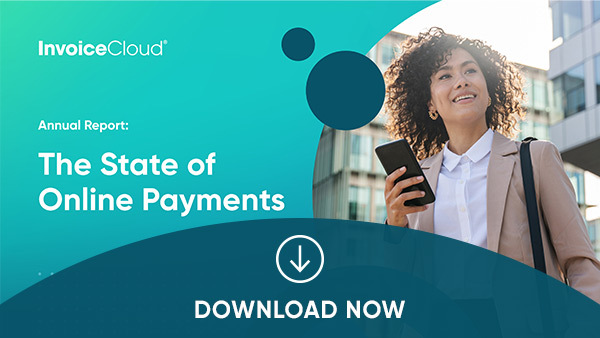Despite our increasingly paperless world, mail fraud has emerged as a pervasive and evolving threat — in fact, mail fraud has steadily been on the rise nationwide, with cases surging by 400% since 2019. In these instances, attackers may send fraudulent letters and documents posing as legitimate entities or steal sensitive information (like checks for bill payments) right from a mailbox.
Below we’ll delve into the landscape of mail fraud today, its impact on individuals and companies, and how digital payment solutions can help protect people from the consequences of this increasingly popular crime.
The Impact of Mail Fraud
Mail fraud can negatively impact both individuals and organizations. Here are some common types of damages associated with mail fraud:
Financial Losses
Monetary loss is one of the most common effects of mail fraud. Unfortunately, it isn’t always a given that mail fraud victims recoup the entirety of the funds taken from them — and even when their money is returned, the process can take weeks or even months. This leaves victims unable to cover basic expenses while they await justice.
Identity Theft
Thieves may use stolen information to impersonate individuals, leading to identity theft. This can result in unauthorized access to personal accounts, manipulation of personal information, and potential misuse of identity for malicious purposes.
Data Breaches
Getting unauthorized access to certain accounts may allow mail thieves to take their attack beyond an individual and target organizations. If employees fall victim to mail fraud that inadvertently discloses sensitive corporate information, data breaches become plausible, which can compromise the security of an organization and its customers.
Digital Payments as a Solution
Digital payments offer a solution to mitigate the risks associated with mail fraud. With digital payments, transactions occur in a secure online environment, eliminating the need for physical documents that can be susceptible to theft or manipulation. Instead of receiving paper bills or financial statements in the mail, individuals can access their financial information through secure online portals or mobile applications. This not only reduces the likelihood of mail interference but also enhances overall security by eliminating the physical vulnerability of sensitive documents.
Furthermore, digital payments incorporate advanced encryption technologies and multi-factor authentication, adding an extra layer of protection to financial transactions. The use of secure payment gateways and protocols ensures that personal and financial data is transmitted in an encrypted format, making it significantly more challenging for malicious actors to compromise sensitive information. Additionally, digital payment platforms often employ real-time monitoring and fraud detection mechanisms, swiftly identifying and mitigating suspicious activities.
How to Safely Transition to Digital Payments
Transitioning from traditional mail to digital payments can seem intimidating, but with the right digital payment solution, your processes can become more efficient and more secure.
In our research report, The State of Online Payments, we explored why some payers are hesitant to use online payment channels. Thirty-two percent of respondents who prefer offline channels cited security concerns as their main reason for rejecting online payments. Specifically, “the security of their payment information.”
Since digital security concerns are a major barrier to digital payment adoption, it’s important to understand the issue and evaluate how your online payment platform works to address these customer fears. To ensure that your customer data is secure, you’ll want to make sure your EBPP solution is a SaaS model, has multi-tenant infrastructure, is PCI Level 1 compliant, follows requirements for security assessments, and offers data privacy policies. For a full security checklist when choosing an EBPP solution, check out our blog here.
In conclusion, the imperative shift towards and promotion of digital payments emerges as a crucial strategy to combat mailbox phishing. The findings from The State of Online Payments report underscore a significant gap between traditional mail-based bill payments and the preference for digital alternatives. The report showed only 5% of American bill payers favoring mail-based transactions, a substantial 65% of respondents have embraced mobile payments, and 54% opt for online portals. This signals that digital payments are not only safer, but they’re the preferred, too.
To learn more about today’s bill payer preferences, download the full report now.

